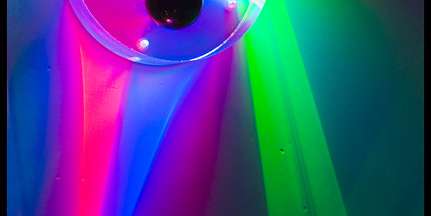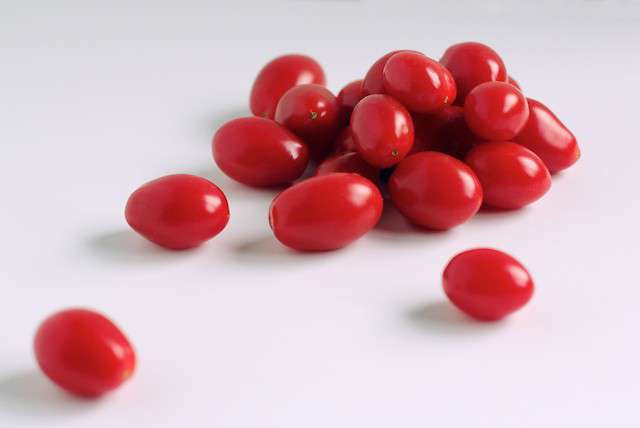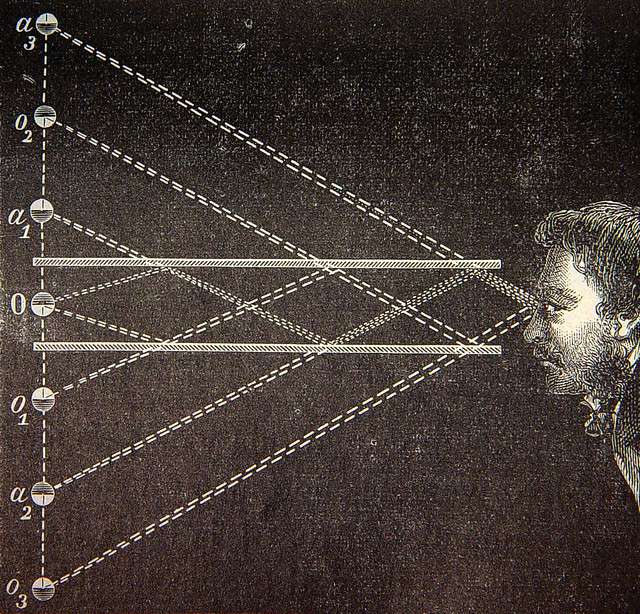
The angles at which light is reflected from the surface of an object will determine the perceived color. Spectrophotometers are designed to account for changes in surface reflection based on the texture of the sample. Image Source: Flickr user Bob Turner
Our world is painted with a mix of colors that come in both natural and manufactured hues. Chances are nearly every item you can see at this moment has been carefully evaluated and tested to meet specific color standards using spectral analysis. For decades, spectrophotometry has been developing to meet higher levels of precision, and applications of more advanced technology are continuing to expand. As these applications grow, instrumentation options continue to grow as well.
In order to choose the right tool for the right application, it is important to understand the difference between measuring the color of a sample versus its appearance. Many factors affect the appearance of an object and can distort the perception of color. Understanding the science behind spectrophotometry can help you choose the right instrumentation for each specific sample type.



